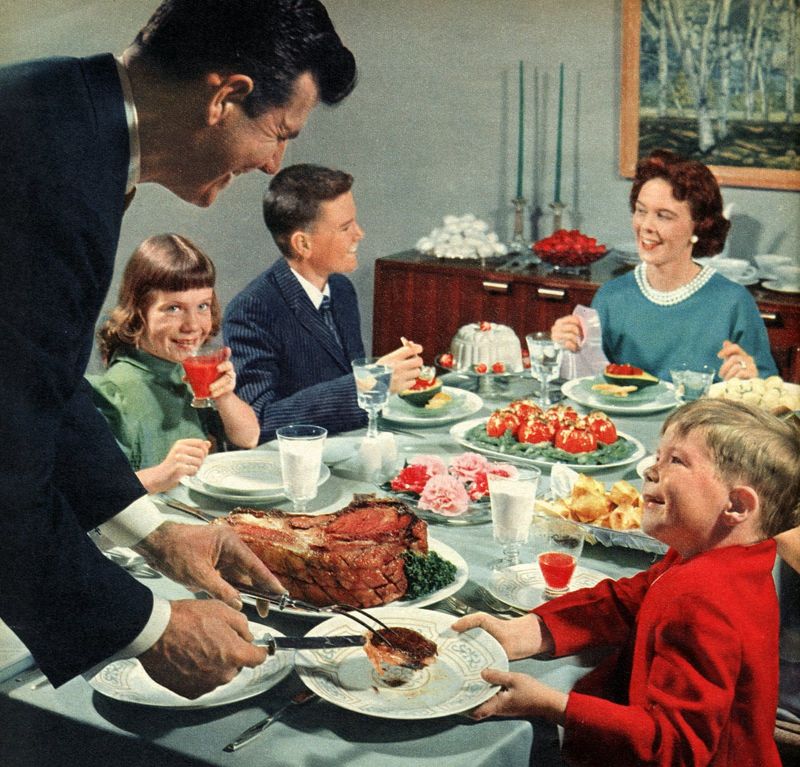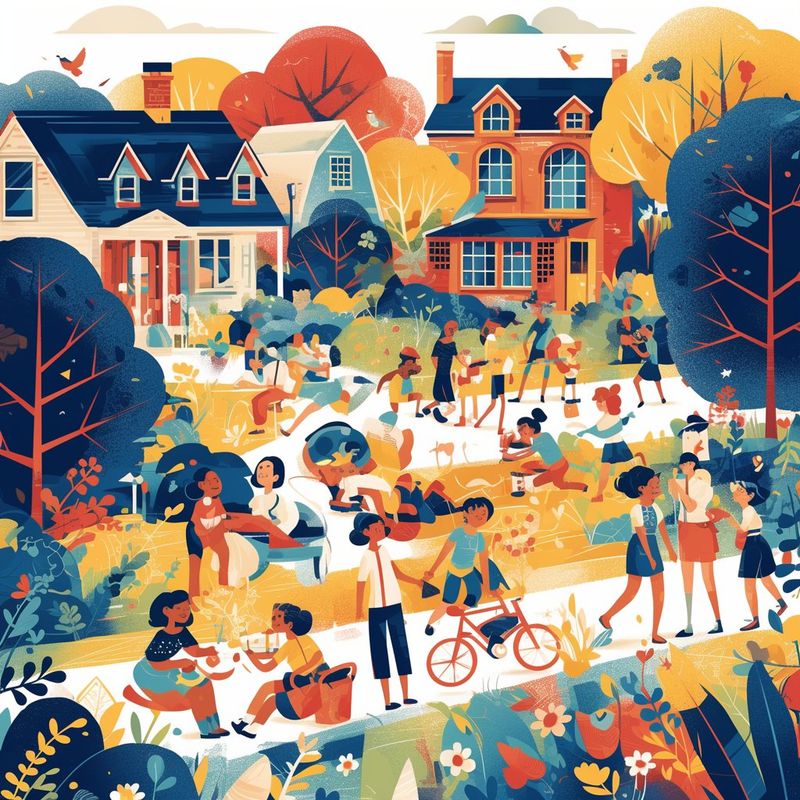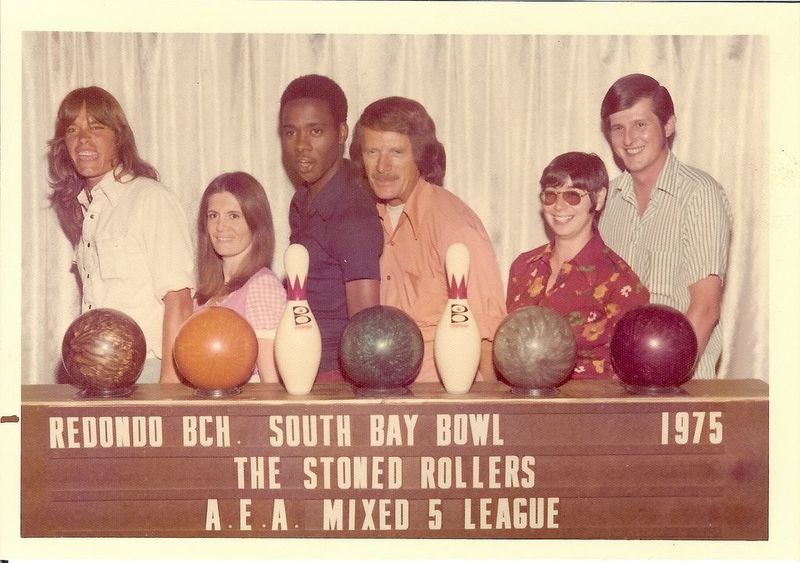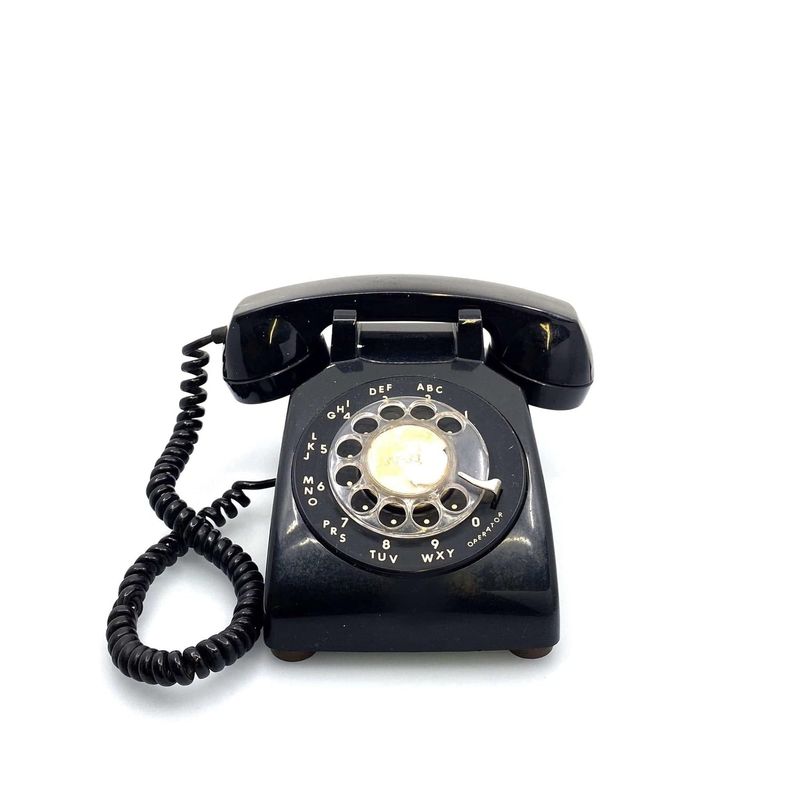With the rapid advancements in technology and changes in societal norms, many traditional practices have gradually faded away in America. This blog aims to shed light on fourteen such traditions that were once integral to American culture but have disappeared over the years. These traditions, spanning various aspects of life, reflect the dynamic nature of society and the continual evolution of customs and practices. Join us as we explore these lost traditions and reminisce about the past days when they were part of everyday life.
1. Family Dinners

Once a nightly ritual, the family dinner was a time for connection and conversation. Parents and children gathered around the table, sharing stories of their day.
This tradition fostered communication and strengthened familial bonds. In today’s fast-paced world, with hectic schedules and technological distractions, sitting down for a meal together is becoming rare.
Families often eat separately, multitasking with screens or on the go. The loss of this simple yet meaningful tradition reflects larger shifts in family dynamics and priorities.
2. Handwritten Letters

In an age of instant communication, the art of writing letters has nearly vanished. Handwritten notes were once a cherished way to express thoughts and emotions.
People took time to craft their words, creating a tangible connection through paper and ink. Receiving a letter carried a personal touch that emails cannot replicate.
The anticipation and joy of opening an envelope filled with heartfelt words are now replaced by digital notifications. This lost art signifies a broader decline in personalized, thoughtful communication.
3. Drive-in Movies

Drive-in theaters were a staple of American entertainment, offering a unique cinematic experience under the stars. Families and couples gathered in their cars to watch films projected on large outdoor screens.
The convenience of home streaming and modern cinemas have led to a decline in these open-air venues. The charm of watching a movie amidst the ambient sounds of the night is a nostalgic memory for many.
Although a few drive-ins still exist, they are remnants of a bygone era, symbolizing shifts in how we consume media.
4. Sunday Family Visits

Sundays were often reserved for family visits, where relatives gathered for quality time. These visits strengthened kinship ties and provided a sense of belonging.
In the modern age, busy schedules and long distances have made such gatherings less frequent. Social media replaces in-person interactions, leading to a more disconnected family life.
The warmth and joy of sitting together and sharing stories are missed, as families now connect through screens instead of face-to-face.
5. Block Parties

Community spirit thrived during neighborhood block parties, where residents came together for fun and fellowship. Streets filled with laughter, music, and shared meals.
These events strengthened community bonds and fostered friendships. Today, individualism and privacy concerns have reduced such gatherings.
People are more isolated, often unaware of their neighbors’ names. The decline of block parties reflects broader societal shifts toward solitary lifestyles and decreased community engagement.
6. Maypole Dancing

Maypole dancing, a springtime celebration, brought communities together in joyful dance around a flower-adorned pole. This tradition marked the arrival of spring and fostered social cohesion.
With changing cultural practices and urbanization, this lively ritual has faded away. The simplicity and joy of dancing in unison are replaced by more individualistic activities.
Maypole dancing’s disappearance highlights the loss of communal celebrations and traditional festivities.
7. Reading Newspapers

The morning ritual of reading a newspaper has greatly diminished. Once a vital source of information, newspapers offered in-depth reporting and a tactile reading experience.
With digital news and social media, the convenience of screens has replaced paper. The decline of physical newspapers reflects shifts in how we consume information.
The tactile experience and the anticipation of flipping through pages are lost, signifying a broader transition to digital consumption.
8. Polaroid Photography

Polaroid cameras brought instant photography to life, producing tangible memories with a click. These photos captured spontaneous moments, offering immediate gratification.
Digital cameras and smartphones have replaced the need for instant prints. The excitement of watching a photo develop in your hand is now a nostalgic memory.
Polaroid’s decline symbolizes shifts in how we capture and share memories, moving from physical to digital formats.
9. Bowling Leagues

Bowling leagues offered weekly camaraderie and friendly competition. Participants enjoyed socializing and honing their skills in local alleys.
With an increase in diverse entertainment options, interest in joining leagues has waned. The communal spirit of league nights is less common as people seek more individualized activities.
The decline of bowling leagues reflects shifts towards more solitary pursuits and changing leisure preferences.
10. Door-to-Door Sales

Door-to-door salesmen were once a common sight, offering goods directly to consumers’ homes. This personalized sales approach built trust and rapport.
With the rise of e-commerce and telemarketing, face-to-face sales have diminished. The personal interaction and tailored pitches of door-to-door sales are now rare.
This shift highlights broader changes in commerce, where convenience and impersonal transactions dominate.
11. Swing Dancing

Swing dancing, with its lively rhythms and exuberant moves, was once the heartbeat of social gatherings. Clubs and dance halls were filled with jazz and laughter.
As musical tastes evolved, swing’s popularity waned. Modern dance trends have taken its place, leaving swing as a nostalgic art form.
The decline of swing dancing reflects shifts in cultural preferences and the transformation of social entertainment.
12. Milk Delivery

The daily arrival of fresh milk in glass bottles was a staple of American life. Milkmen were familiar faces, delivering quality dairy directly to homes.
With advancements in refrigeration and retail, doorstep deliveries have ceased. The convenience of supermarkets has replaced personalized service.
The decline of milk delivery symbolizes shifts in consumer habits and the move towards centralized shopping experiences.
13. Rotary Phones

Rotary phones, with their distinct dialing mechanism, were once the epitome of communication. They provided a tactile experience and a sense of permanence in conversations.
In today’s digital age, smartphones and touchscreens have replaced these relics. The physical act of dialing numbers is now a bygone memory.
The disappearance of rotary phones marks technological advancements and changing communication habits.
14. Sock Hops

Sock hops, informal school dances, brought teens together for fun and music. These events were highlights of youth culture in the mid-20th century.
Changes in social norms and entertainment have led to their decline. Modern alternatives offer diverse experiences beyond school gyms.
The nostalgia of sock hops reflects shifts in youth culture and evolving social activities.

Well, hello there!
My name is Jennifer. Besides being an orthodontist, I am a mother to 3 playful boys. In this motherhood journey, I can say I will never know everything. That’s why I always strive to read a lot, and that’s why I started writing about all the smithereens I came across so that you can have everything in one place! Enjoy and stay positive; you’ve got this!

